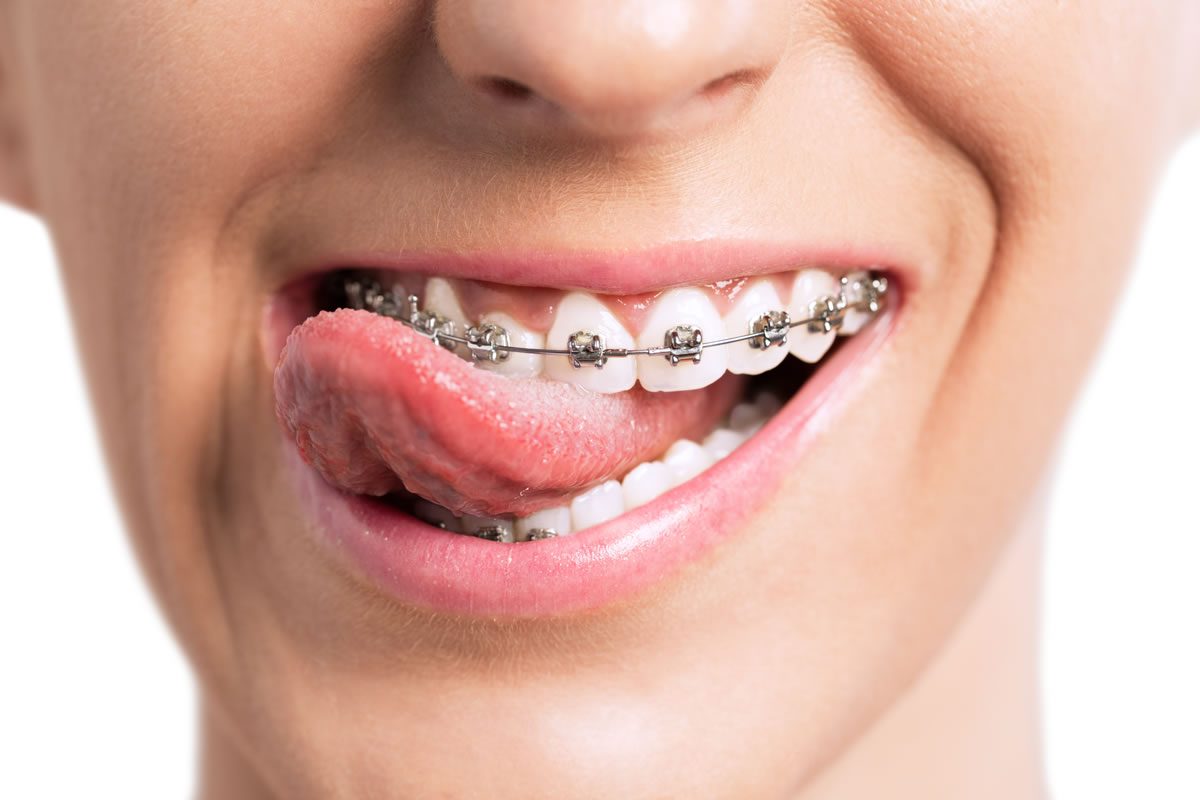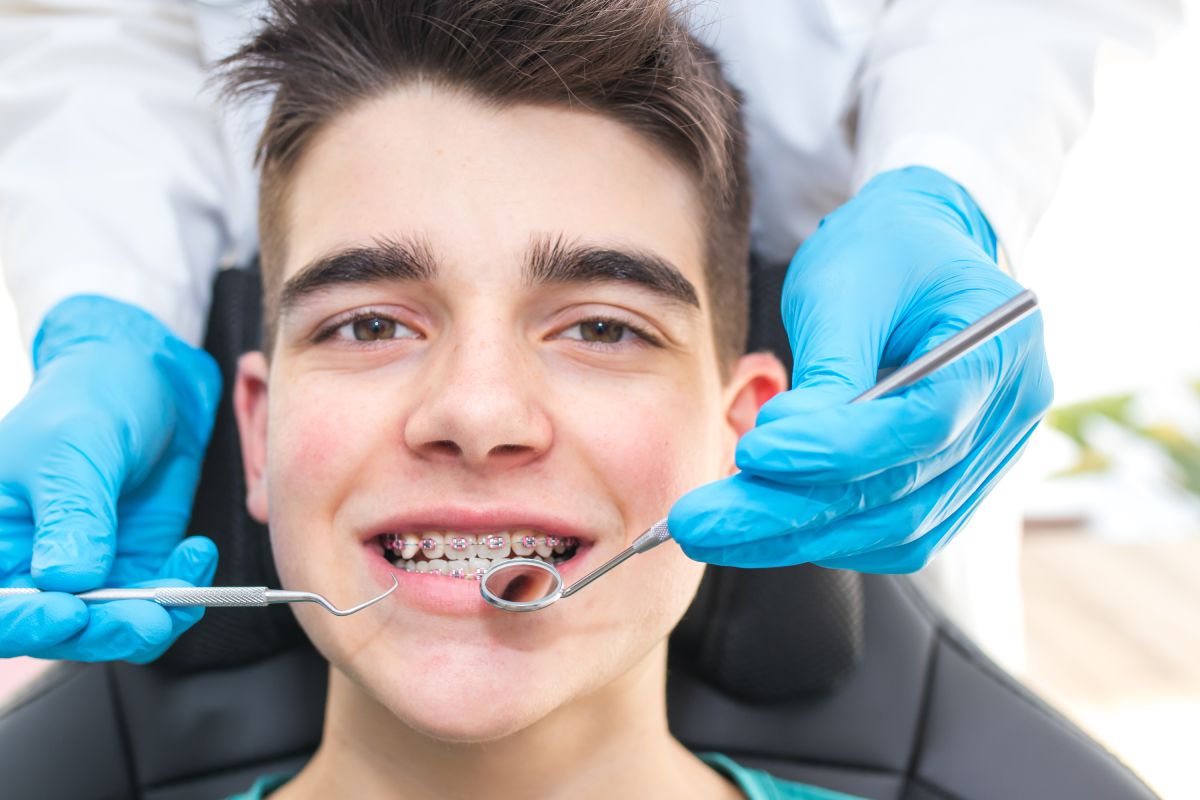Our Causey Orthodontics PDFs
Table of ContentsExcitement About Causey OrthodonticsThe Ultimate Guide To Causey OrthodonticsThe Single Strategy To Use For Causey OrthodonticsCausey Orthodontics Can Be Fun For AnyoneThe Best Strategy To Use For Causey Orthodontics
Neglecting occlusal connections, it was normal to remove teeth for a selection of dental issues, such as malalignment or overcrowding. The principle of an intact teeth was not commonly appreciated in those days, making bite relationships seem unimportant. In the late 1800s, the principle of occlusion was vital for developing trusted prosthetic replacement teeth.As these concepts of prosthetic occlusion proceeded, it ended up being a vital tool for dentistry. It remained in 1890 that the work and influence of Dr. Edwards H. Angle began to be really felt, with his payment to contemporary orthodontics specifically noteworthy. Focused on prosthodontics, he educated in Pennsylvania and Minnesota before guiding his focus towards oral occlusion and the therapies needed to maintain it as a regular condition, therefore coming to be known as the "daddy of modern-day orthodontics".

The idea of suitable occlusion, as postulated by Angle and integrated into a classification system, made it possible for a shift in the direction of dealing with malocclusion, which is any kind of deviation from normal occlusion. Having a complete collection of teeth on both arcs was very searched for in orthodontic therapy because of the demand for exact relationships between them.
A Biased View of Causey Orthodontics
As occlusion became the crucial top priority, facial percentages and looks were neglected - emergency orthodontist near me. To attain ideal occlusals without making use of exterior pressures, Angle proposed that having perfect occlusion was the most effective means to gain optimal face aesthetics. With the death of time, it came to be quite obvious that also an exceptional occlusion was not appropriate when taken into consideration from an aesthetic point of sight
Charles Tweed in America and Raymond Begg in Australia (that both examined under Angle) re-introduced dental care removal right into orthodontics throughout the 1940s and 1950s so they can improve facial esthetics while also making sure much better security worrying occlusal partnerships. In the postwar period, cephalometric radiography started to be utilized by orthodontists for determining adjustments in tooth and jaw position created by growth and treatment. It came to be evident that orthodontic treatment can readjust mandibular development, causing the formation of functional jaw orthopedics in Europe and extraoral force procedures in the US. These days, both useful devices and extraoral gadgets are applied around the globe with the purpose of modifying development patterns and forms. Consequently, seeking real, or a minimum of improved, jaw relationships had actually come to be the primary objective of therapy by the mid-20th century.
Causey Orthodontics Things To Know Before You Buy
 Until the mid-1970s, braces were made by covering steel around each tooth. https://www.bestincom.com/health-care/causey-orthodontics., it ended up being feasible to rather bond metal brackets to the teeth.
Until the mid-1970s, braces were made by covering steel around each tooth. https://www.bestincom.com/health-care/causey-orthodontics., it ended up being feasible to rather bond metal brackets to the teeth.Andrews provided an informative interpretation of the optimal occlusion in irreversible teeth. This has actually had purposeful effects on orthodontic treatments that are provided on a regular basis, and these are: 1. Proper interarchal relationships 2. Appropriate crown angulation (idea) 3. Proper crown disposition (torque) 4. No rotations 5. Tight contact points 6. Flat Curve of Spee (0.02.5 mm), and based on these principles, he found a therapy system called the straight-wire appliance system, or the pre-adjusted edgewise system.
The benefit of the design depends on its bracket and archwire mix, which requires just marginal cord flexing from the orthodontist or medical professional (orthodontist near me). It's appropriately called hereafter attribute: the angle of the port and density of the bracket base ultimately identify where each tooth is situated with little need for extra manipulation
The Basic Principles Of Causey Orthodontics
Both of these systems employed the same brackets for each and every tooth and required the flexing of an archwire in 3 planes for situating teeth in their desired placements, with these bends dictating best positionings. When it concerns orthodontic appliances, they are divided right into 2 types: detachable and dealt with. Detachable home appliances can be handled and off by the individual as called for.

Therefore, nearly all modern fixed home appliances can be thought about variants on this edgewise home appliance system. Early 20th-century orthodontist Edward Angle made a significant contribution to the world of dentistry. He created 4 unique home appliance systems that have been used as the basis for several orthodontic therapies today, disallowing a couple of exceptions.
Some Ideas on Causey Orthodontics You Should Know

The wire ended in a thread, and to relocate ahead, an adjustable nut was used, which allowed for an increase in circumference. By ligation, each private tooth was connected to this large archwire (affordable orthodontist near me). As a result of its restricted series of motion, Angle was incapable to accomplish accurate tooth placing with an E-arch
These tubes held a firm pin, which could be rearranged at each consultation in order to move them in place. Dubbed the "bone-growing device", this device was theorized to urge much healthier bone growth as a result of its capacity for transferring pressure straight to the roots. Executing it proved frustrating in truth.